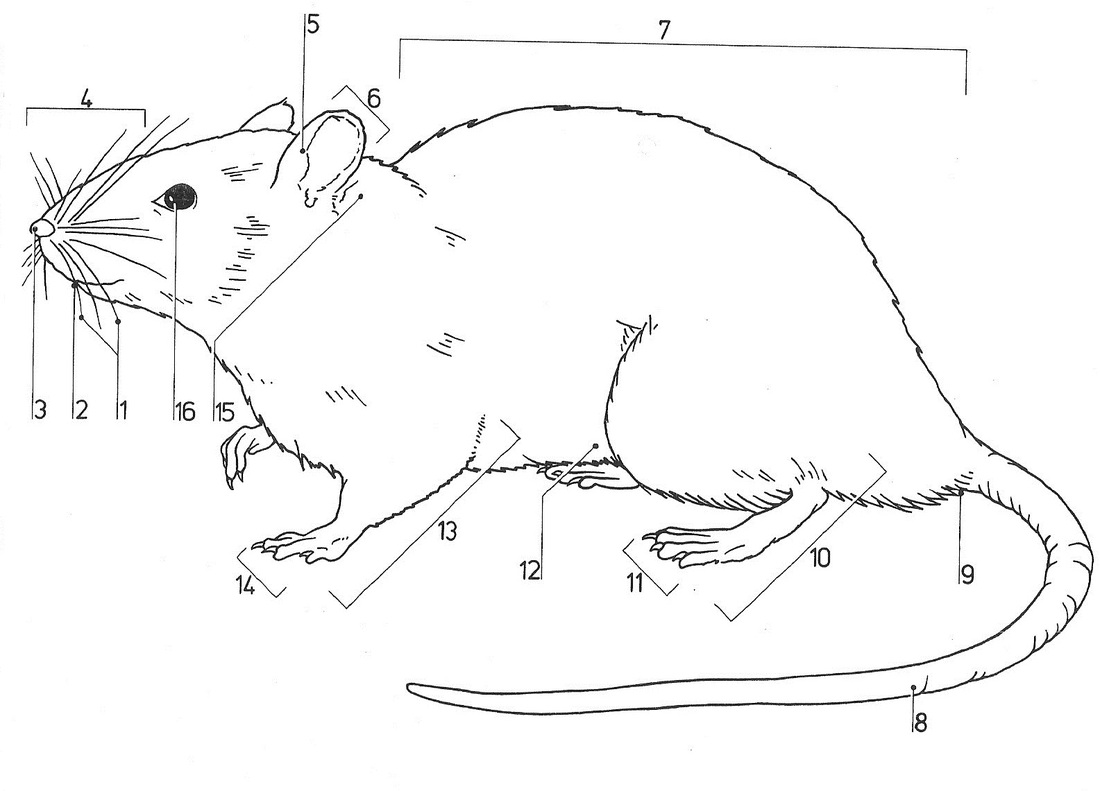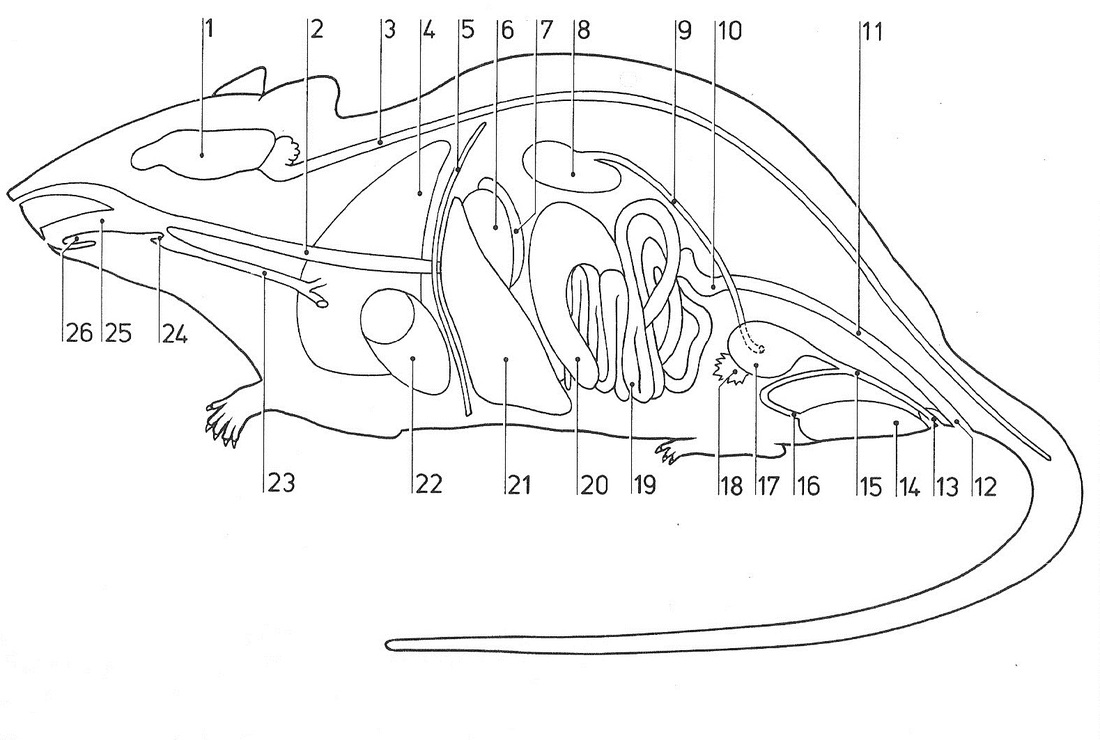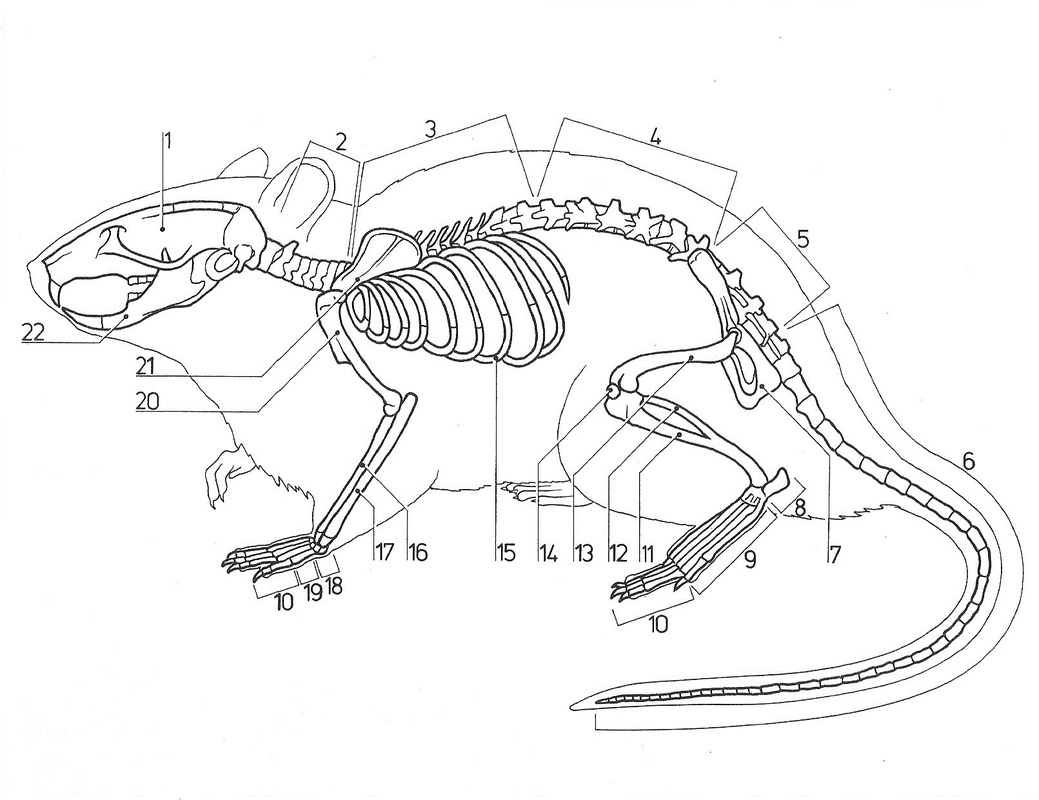So, Thank You! it is always nice to feel that the whole mess in the fora (forums) is largely just a few loudmouthed individuals, but that there is real hunger out there for articles to help all of us become better airgunners.
IF THIS BOTHERS YOU; PLEASE DO NOT READ FURTHER!
Some of us, if not a large majority, started our airgunning life as a need to "dispatch" certain predatory creatures. Depending on the region of the world and the needs/wants of each of us perhaps we had a pigeon problem, or a feral cat problem, or a rat problem, or any number of little birds and mammals that really do not grant the use of powder-burners, or act in an environment where the usage of more powerful tools would create more problems than it solved.
Maybe we started by taking care of the vegetable garden and getting rid of the bunnies that ate all the carrots.
Maybe we decided that some supplemental meat would do well for the family.
There are many valid reasons to hunt, and as we became adults and maybe even started paying to hunt (land rental, or landowner permit, or any such "retribution" (not always monetary) for the right to hunt in a specific area, adds an interesting dimension: Game become valuable. Suddenly, the landowner realizes that poison is not such a good idea after all . . .
In any event we, as hunters, need to ensure that the way we terminate a life (because that is exactly what we do) is as humane as is possible. Even in the case of pests, we cannot deviate from the hunting ethics that dictates to eliminate any un-needed suffering.
How do we do that?
Firstly, we ensure that we hunt with the right tool. In the airgun world, this means enough caliber and penetration to get the job done in the conditions we encounter (prey size/constitution, distance, geographical environment, etc.). If we are limited by law (as is the case in some countries), then we need to alter the conditions (we stalk closer, or stage a blind, or hunt from elevated stands, or any other method), so that we comply with the conditions that are possible, if the ones that are desirable cannot happen. What I want to emphasize here is that hunting is a LOT more than shooting.
Let's state something that is obvious to the experienced airgun hunter, but that is not so obvious to shooters from other areas/disciplines:
Pellets kill by penetration and destruction of vital tissues.
There is no hydraulic shock associated with a pellet impact. There is no "temporary cavity" associated with the path of the pellet as it travels inside an animal.
The pellet needs to penetrate, touch, and destroy the vital tissues; or we have only inflicted a wound, and that is a grave fault that should be avoided; even foregoing the shot, if we are not sure of our target and of our capabilities to make the shot under the specific conditions of that shot.
It is generally accepted that you need about 3 ft-lbs of impact energy to penetrate skin, then 1 ft-lb per inch of animal to reach the vitals. SOME heavy boned animals will need between 2 and 3 ft-lbs more. If you make the addition, you will note that it takes between 7 and 8 ft-lbs to do the job in most airgun-sized prey.
Expanding pellets may be useful but a good chunk of the impact energy is expended in folding the lead back, so penetration is diminished, and in some case, expansion does not really compensate for the reduction in penetration.
At some later date, we will discuss how to make reasonable research about the terminal ballistics of YOUR system (Pellet/Rifle/Scope/Shooter), starting with the creation of the impact media. But that will be later, for now, let's say we know our gun, we know it is accurate to within ½" of POA all the way out to xx yards, and we know that WE are capable of holding the shots well within that margin of error under any and all circumstances.
We still need something that we do not normally get anywhere else because animals do not walk around with bright red spots where you should aim at; so: ¿Where do we shoot at?
If you have read old hunting books (we normally remember Corbett's, Hunter's, Bell's, Taylor's and other more modern hunters like Capstick) you will remember them describing in detail the aim and the shots taken at bears and lions and leopards, and all sorts of big game. But where do we shoot a frog?, or a rabbit?, or . . . a rat?
We do have general ideas but, are we really, solidly, informed of WHERE to aim at? and why?
A very good friend and knowledgeable airgunner that read this blog on the other side of the world; and got interested in Field Target, came back to me, after reading a little and looking at targets, saying: "You bunch of nincompoops! You've got ALL the kill zones wrong!" LOL! And yes, he is correct. There is very little information out there, especially for small game and pests.
So let´s start this week with a VERY common animal that because it travels well by boat has been the constant companion of humans ever since they started going across water:
This next figure (mostly diagramatic and not in strict correspondence with the other two pictures in this section) will probably inform us better:
This is the spot that needs to be solidly hit if you want to hit the "lights-off" switch.
Because there are still some other nervous parts that are still working after a solid hit there, the animal may twitch or show spasms, but the animal is brain dead.
#22 is the heart and #4 are the lungs. Most hunters will prefer this shot to any other because it is a good deal bigger than the brain shot.
A good, solid hit in this area will usually mean that the animal will expire in less than 10 minutes, but even 10 minutes may be 9 minutes too long. If the animal goes into a hole and expires there, the associated decomposition process will be quite unacceptable in a closed urban environment.
#5 is the diaphragm and ANYTHING to the rear of that is a BAD shot. Yes the animal will surely die, but we have infringed on the ethics of hunting.
Note how the BENT ELBOW of the front legs aligns vertically with the position of the heart, this is a good "marker" for broadside shots when using pellets that will produce a permanent hole of at least 5 mm's (0.20" cal.); do note, however, that the heart is about half way between the upper and lower ends of the animal.
For frontal shots, note that a shot aimed at JUST BELOW the jaw will do the job.
For shots from the quarters you will need to think and imagine where the vital organs are and then aim accordingly.
For rear shots, do note that the pellet needs to travel completely through the animal so that it hits the vital organs that need to be destroyed.
Now, rats are the product of millions of years of evolution, and this has dictated that the most delicate organs are the most protected. By bones.
To contemplate shots to the brain and immediate areas, we need to first study a little then about the bones:
Frontal shots should be avoided because the slant of the skull makes it hard to get a proper aim point: you will hear many hunters claim that the pellet glanced off the skull in some cases, but this is mostly the perception, in a vast majority of cases what happens is that the slant of the skull creates great difficulties for proper aiming.
When baiting rats (peanut butter & jelly in bread is particularly effective, as is dog food), you will be afforded many shots from the rear, and depending where and how you place and anchor your bait, perhaps some shots at a rat that is reaching upwards. In this case, the brain shot is a very good one to take, as you can aim to the center of the head/neck region and you will be close enough.
Small game is much more resilient and feisty than big-game, and most of them can get away real fast on two front legs alone.
Next week we will look in depth (literally), at the Pigeon. Stay tuned.
Meanwhile, move quietly, aim well and shoot straight!
Héctor Medina



 RSS Feed
RSS Feed